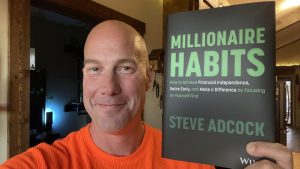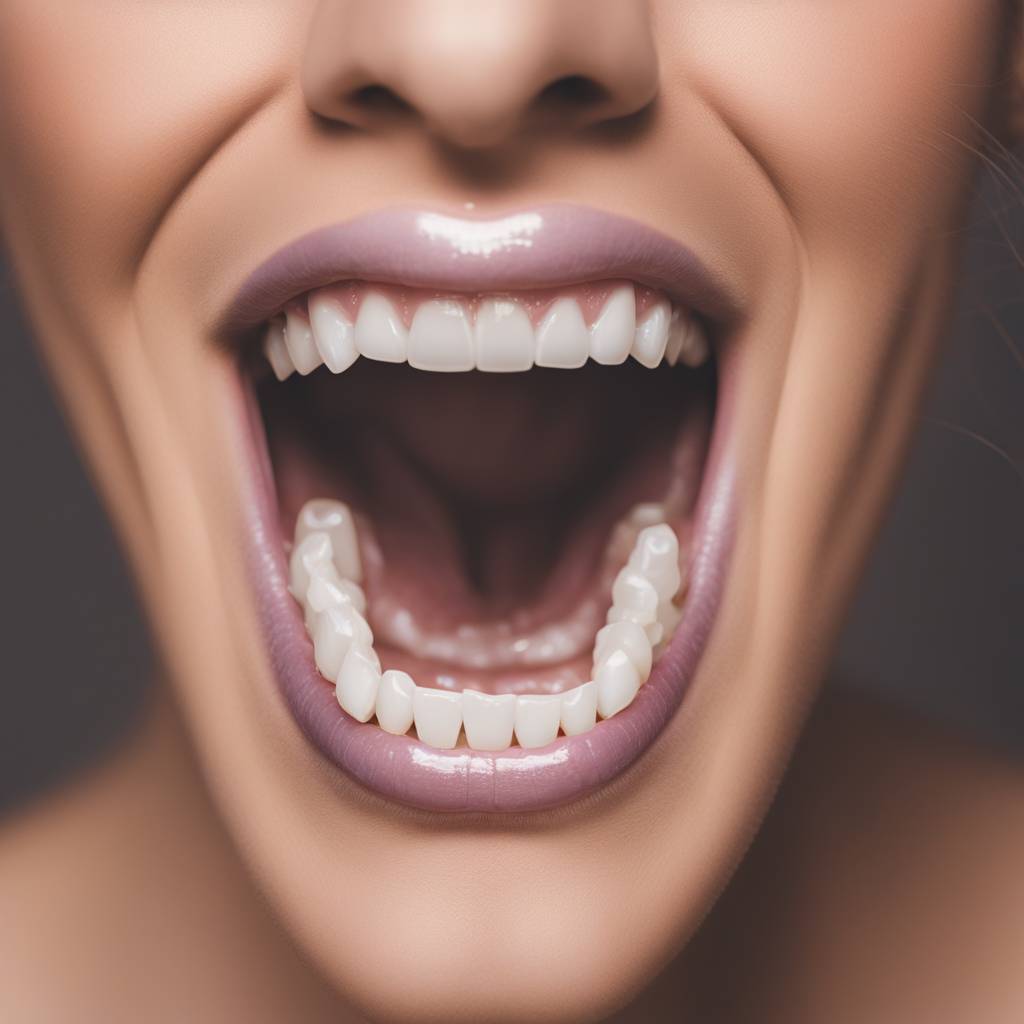Growing up, the author had a small gap between their two front teeth, preventing them from needing braces in grade school. However, years later their wisdom teeth caused issues with the straightness of their smile, prompting them to undergo treatment with clear aligners to straighten their teeth. Initially skeptical, they were concerned about pressure to close their gap, which they had grown fond of. When they requested to keep the gap, explaining its cultural significance in Nigeria and other African nations, their orthodontist supported their decision.
In many African cultures, the tooth gap, known as “èjí,” is viewed as a symbol of beauty and wealth, with some individuals undergoing procedures to artificially create the desired diastema. While the maxillary midline diastema (MMD) may be a sought-after feature in African countries, it is often considered a physical flaw in Western nations. Despite the negative perceptions in the West, the author’s orthodontist supported their decision to keep their gap, highlighting the importance of cultural awareness in patient care.
The formation of a MMD can be attributed to various factors, including dental conditions and habits, but it is often a heritable characteristic that is common among those of African descent. While many Black individuals with a gap have faced ridicule in Western countries due to Eurocentric beauty standards, there is a growing movement towards embracing natural features and challenging societal pressures to conform. Representation in media, such as “America’s Next Top Model,” has played a role in empowering individuals to embrace their unique features, like gaps in their teeth.
The author shares stories from individuals of African descent who have faced ridicule for their gaps, including bullying and negative comments about their smiles. Some individuals have considered closing their gaps due to societal pressures, but have been inspired by representations like Danielle Evans on “America’s Next Top Model” to embrace their natural features. As societal standards of beauty evolve, there is a growing recognition of the importance of cultural diversity and acceptance of natural characteristics.
Dental professionals play a crucial role in redefining beauty standards and supporting patients in their decisions regarding their smiles. It is essential for dentists to understand the cultural significance of features like the tooth gap and to respect patients’ autonomy in deciding whether to keep or close their gaps for aesthetic reasons. The author expresses gratitude for their orthodontic team’s support in preserving their gap, highlighting the importance of advocacy and representation in patient care.
Ultimately, the author reflects on the uniqueness and beauty of a smile with a maxillary midline diastema. They emphasize the importance of embracing natural characteristics and challenging societal norms that may perpetuate narrow beauty standards. By celebrating the diversity of smiles and recognizing the cultural significance of features like the tooth gap, individuals can cultivate a greater sense of acceptance and appreciation for their natural appearance.















